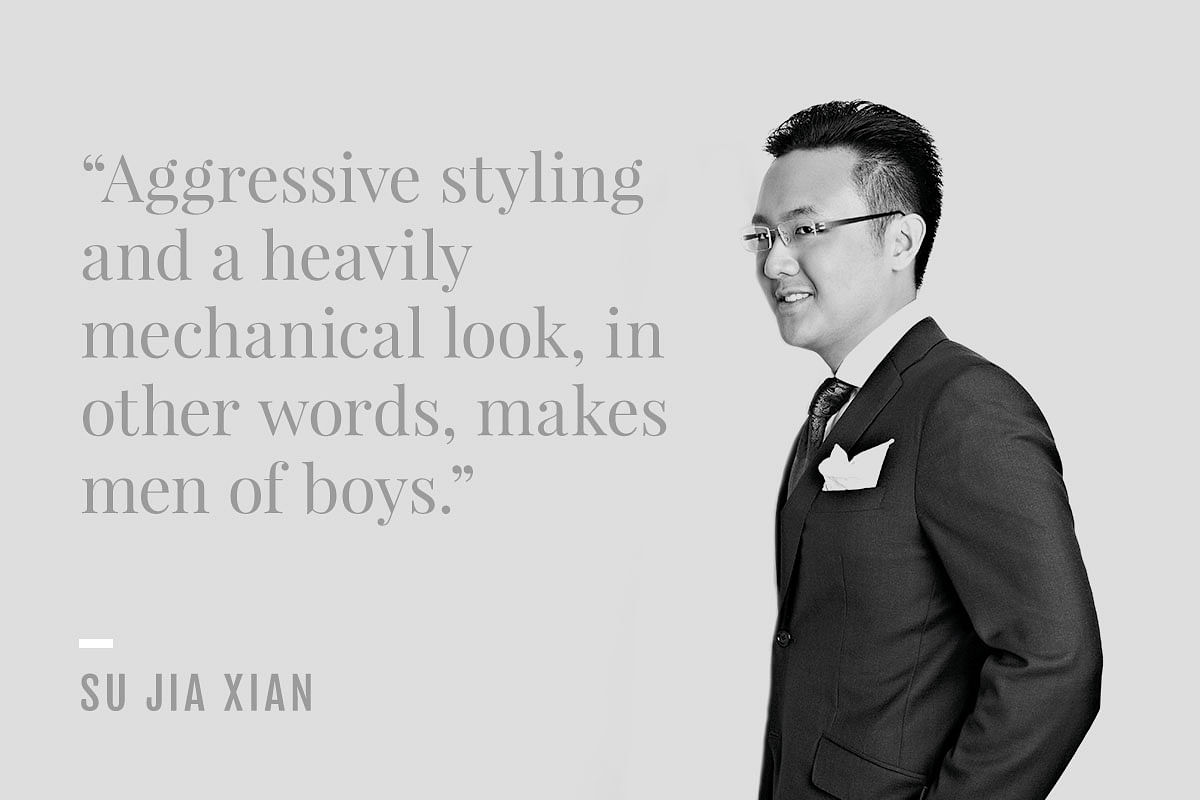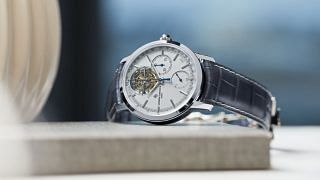[dropcap size=small]Y[/dropcap]outh is both the great hope and fear for the luxury watch business.
The reason for pessimism is obvious. Fewer young people wear watches and, if they do, elect instead for the functionality of a smartwatch. Fears of the all-conquering smartwatch are not as pronounced as they were when the Apple Watch was unveiled two years ago.
That caused a shiver through the Swiss valley where watches are made. Watchmakers fretted and many, including Montblanc, IWC, Tag Heuer and Breitling, jumped headlong into producing their own wearables.
(RELATED: LVMH chief: Tag Heuer to tap younger set and be the watch label they can’t do without.)
But as it turned out, the Apple Watch was barely a blip on the Vallee de Joux radar, despite having about half the smartwatch market, according to analysts, which translates to over 10 million units a year. Consequently the Apple Watch is still some ways away from becoming the next big thing for the Cupertino tech giant.
And, while the luxury watch industry is hit by a slowdown, the decline is driven by almost everything else – China, retail fatigue, price inflation – but most certainly not the smartwatch.
Some in the business have pinned their hopes on the young and watch-less to help wrestle the watch industry out of its slump. LVMH watch chief and perhaps the greatest marketer in watchmaking, Jean-Claude Biver, has repeatedly stated he wants to sell to the person who cannot afford his watches today, but will be able to do so tomorrow. “If you don’t start talking to these people,” he pointed out in an interview last November, “how do you expect them to buy, the day they can afford to?”
Gallery: Tag Heuer’s new Connected Modular 45 smartwatch banks on the runaway success of its first, which sold many times its initial production run.
This is why he has inked tie-ups with brands like Manchester United and Ferrari for Tag Heuer and Hublot respectively, because these names are emblazoned on the posters youth have in their bedrooms (or a smartphone home screen).
But to earn the modest dollars that the youth of today have in their wallets, a more prosaic approach has been gaining ground of late, as the watch industry makes more affordable products to cope with the downturn.
Tissot, for instance, has been remarkably aggressive in rolling out cheaper watches. At the Baselworld trade fair earlier this year, Tissot introduced the Everytime Swissmatic, an automatic wristwatch in steel powered by a movement derived from the Swatch Sistem51, priced at just $600 or so.
(RELATED: Who will replace the watchmaking greats of the quartz crisis?)
But a fortunate few never need to let such a watch cross their mind. The children of the global elite enjoy a particular brand of watchmaking that has continued to do well, despite the decline in overall demand. According to industry insiders and financial analysts, the three fastest growing brands last year were Richard Mille, Hublot and Audemars Piguet.
All three share a similar aesthetic – large, obvious watches with dials that are skeletonised or complicated and mechanical looking, with the best-selling models tending to be thick chronographs with oversized push buttons. The adoption of this aesthetic appears to be proportional to financial success – practically every single Richard Mille wristwatch has that style and the brand was tops in revenue growth, with 2016 turnover estimated to have risen a quarter. Aggressive styling and a heavily mechanical look, in other words, makes men of boys.
Read more of Su Jia Xian’s incisive commentary at his website, WatchesbySJX.com.








